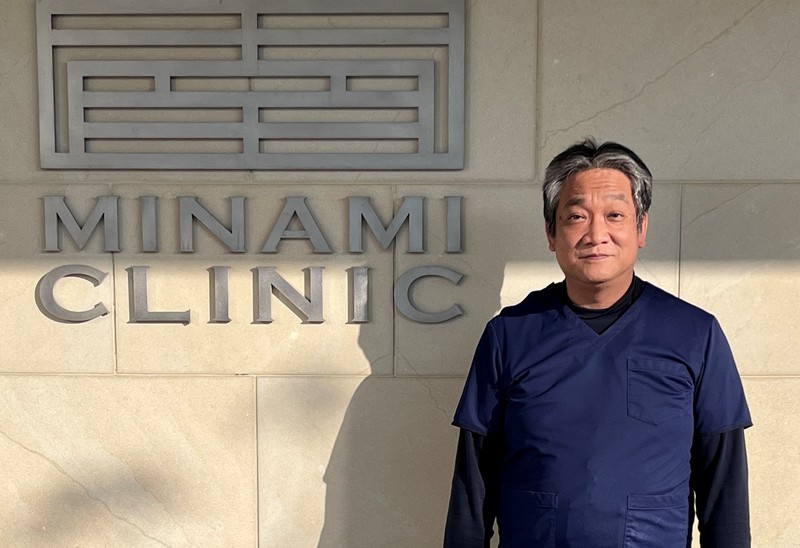Interviews

Detecting Congenital Heart Disease Before Birth (Part 1)
Shinji Fuke
Minimizing Tragedy with a New Form of Diagnosis
Interviewer & Japanese Writer: Yamamoto Takaya; Translation & Editing: Matthew Cherry
Dr. Shinji Fuke was selected for the INNO-vation Program’s Disruptive Challenge in both 2018 and 2021, choosing to work on the development of a diagnostic method for detecting congenital heart disease (CHD) before birth. This would help detect heart defects that exist within children while they are still in the fetal stage.
Congenital heart disease affects about 1 in every 100 children born, with up to two-thirds of those affected developing severe heart defects that require internal medical treatment. CHD-related complications are the leading cause of infant death, surpassing accidents that occur during bathing.
Cases that don’t result in death can often lead to long-lasting heart defects.
“It’s not uncommon for cases that are discovered soon enough after birth to be treated, so although cases of infant mortality are rare in the overall picture, they still exist,” Dr. Fuke explained. “Parents in these instances always wish there could have been something done to find these diseases more quickly, and as a doctor, I’d like to prevent these situations from happening in the first place.”
Conventional obstetrics monitor the conditions of a fetus by using ultrasound, but even with this technology most cases of CHD go undetected, with only 20 to 30% of cases being discovered before birth. This leads to many cases in which infants must be referred to a specialist shortly after being born.
The leading cause of undiagnosed prenatal CHD is a lack of knowledge and experience when handling ultrasound equipment. The overall number of available OBGYN doctors and ultrasound specialists is relatively small. “There may only be one or two people that are able to provide a high-precision ultrasound diagnosis around major cities in Japan,” Dr. Fuke said.
If most OBGYN doctors were able to provide a high-precision prenatal diagnosis, prenatal CHD could be detected more quickly, deaths could be kept to a minimum, and the number of children that deal with long-lasting heart conditions could be reduced. With this in mind, Dr. Fuke set his sights on developing a 3D model of a healthy heart, hoping to find a way to discover heart diseases while children are still in the fetal stage.
In Part 2, we’ll ask about his time in the INNO-vation Program.


